Learn about the panels in the solar power system
- 04-01-2022 14:40:29
- 60
What is a solar battery?
Solar cells are panels with a large surface that collect sunlight and convert it into electricity. This is an extremely important device in converting solar energy into electrical energy based on the photovoltaic effect. Photoelectric effect is the effect of emitting electrons when exposed to light by matter.
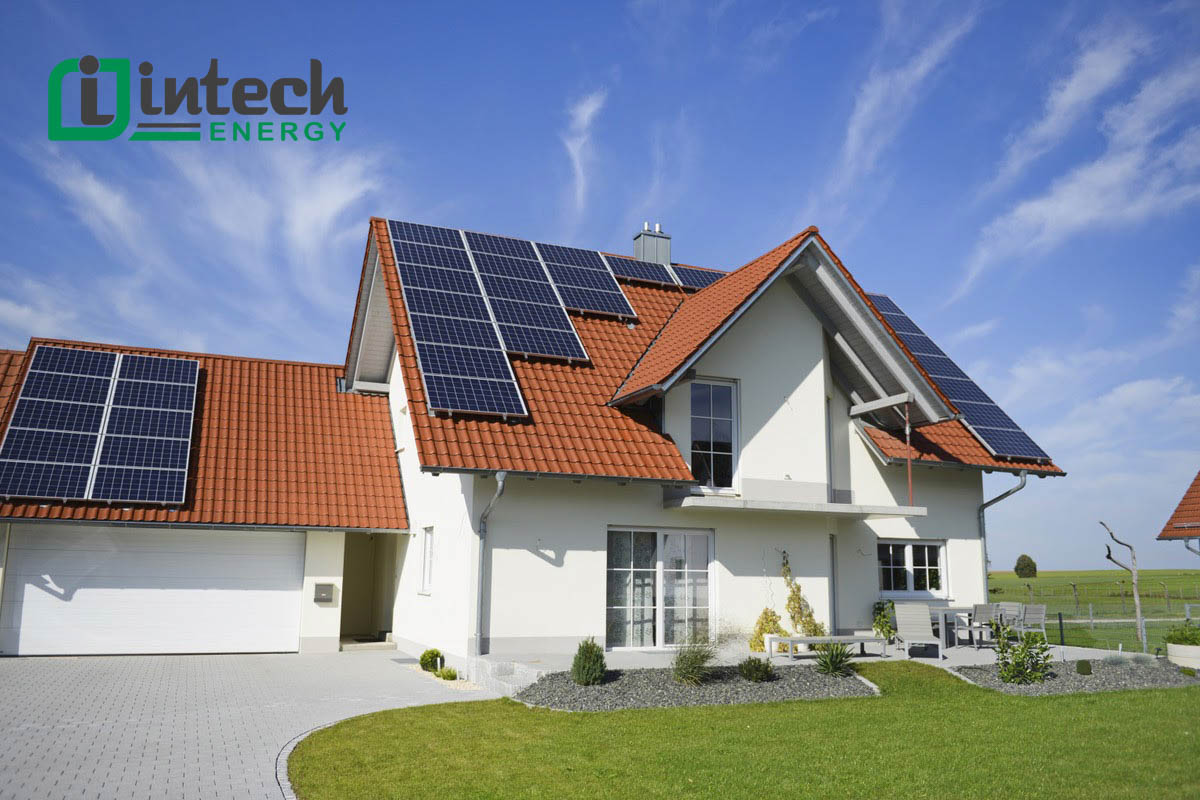
Types of solar cells are effectively used today
The main material for solar cells is crystalline silicon. Solar cells from crystalline silicon are divided into 3 types:
1. A modular crystal manufactured based on the Czochralski process:
Single crystals of this type are up to 16% efficient. They are often very expensive because they are cut from tubular ingots, these monolithic panels have blank faces at the corners connecting the modules.
2. Polycrystalline made from carefully cooled and solidified ingots of molten silicon
This polycrystalline type can form square sheets that cover more surface than the monocrystalline type. However, its performance is lower and this type of battery is also much cheaper.
3. The silicon band is made of thin films of molten silicon and has a polycrystalline structure
Structure of solar panels
1. Aluminum frame:
2. Tempered glass:
3. EVA film (ethylene vinyl acetate)
4. Solar cell layer (photovoltaic cell)
5. Battery panel (rear)
6. Junction box
7. DC Power Cable
8. MC4 . connection jack
How does a solar cell work?
Solar power is a modern technology that converts solar energy through panels. The sun is a giant reactor that is energized in the form of tiny particles called photons. Using solar cells to absorb and convert these photons helps us to use electricity efficiently from nature.
A panel is a collection of photovoltaic (PV) cells, These PV solar cells are made of a semiconductor material, typically silicon, that is sliced ultra-thin.
Silicon is known as a semiconductor. Sunlight consisting of photons colliding with the silicon atoms of the battery will transfer their energy to the discrete electron, excite causing the electron bound to the atom to be ejected from the atom, and at the same time stay in the same place. The atom has a vacancy due to the lack of electrons.
The negatively charged electrons and positively charged holes can now move freely, but because of the electromagnetic field at the P/N junction they can only go in one direction. Electrons are attracted to the N side and holes are attracted to the P side.
The energy from those photons loosens the electrons on the negative side of the PV cell and sets them in motion, which means we now have an electric current flowing. This is called the photoelectric effect.
The form that we give electrons is called a circuit. As they leave the negative layer of the PV cell, we want them to run through our loads (like lights and electrical appliances) so that the electrons can power those loads as they reach the positive layer of the PV cell. PV cells.
Electricity generated from solar panels is direct current (DC). In order to be used for normal loads and equipment, it is necessary to convert DC power to AC (AC). And that is the function of the inverter.
Currently, many new types of solar cells are being researched and developed. Among them are those whose structure and principle of operation are very different.
Summary
Solar energy is researched, renewable and effectively put into use by electrical equipment thanks to solar panels. Panels are indispensable in converting solar energy into electricity for our daily use, they have high efficiency and have an average lifespan of up to 30 years. Initially, this is a clean energy source, bringing many benefits to daily activities and industrial production. They are natural and maximum cost-effective for electricity usage.
News other
-

How many types of solar inverters are there?
10-01-2022 17:15:06 Details
-
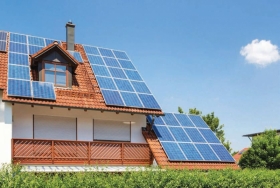
Install a solar battery system properly
10-01-2022 16:25:02 Details
-

The Vietnam Renewable Energy Community organizes a Caravan journey towards the Central region
10-01-2022 09:12:28 Details
-
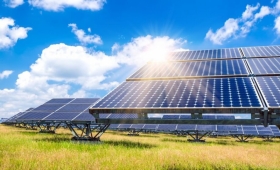
Solar panel system rotates in the direction of the sun – Up to 30% higher efficiency
10-01-2022 09:11:15 Details
-
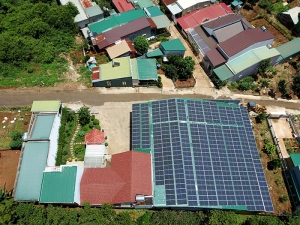
Why is solar power in the Central Highlands extremely ”hot” in 2020?
10-01-2022 09:04:02 Details
-
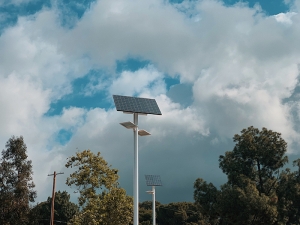
What are solar lights?
10-01-2022 09:01:07 Details


